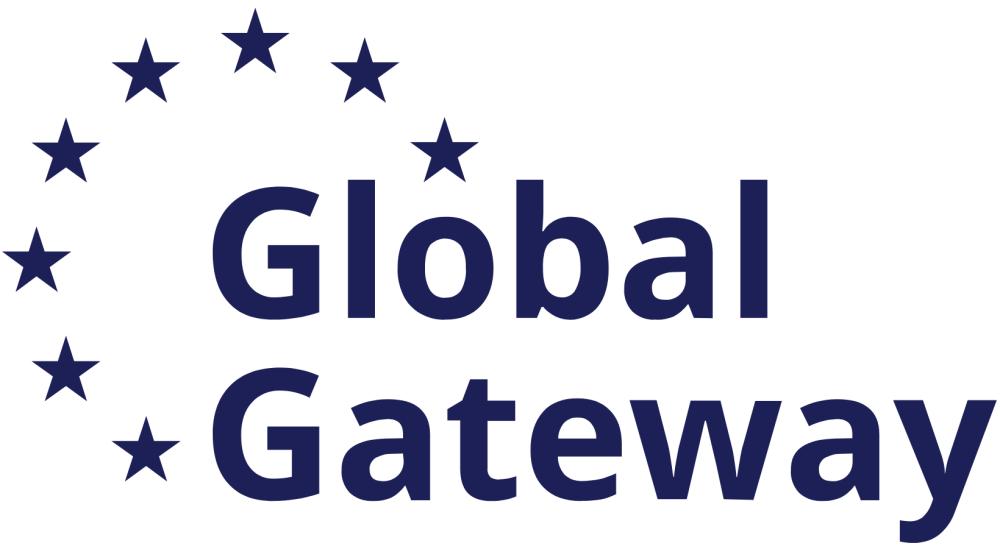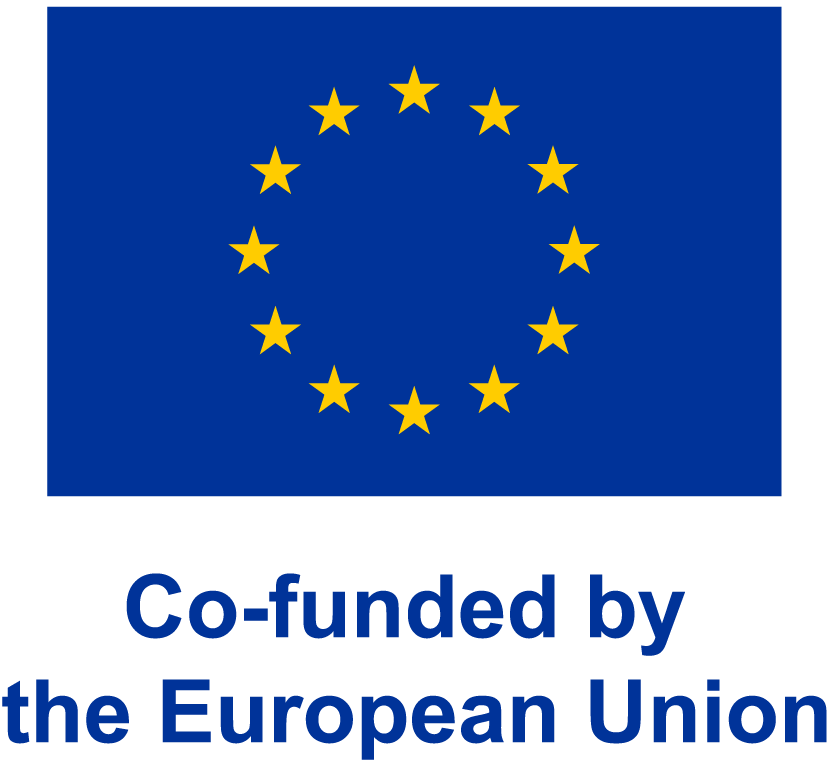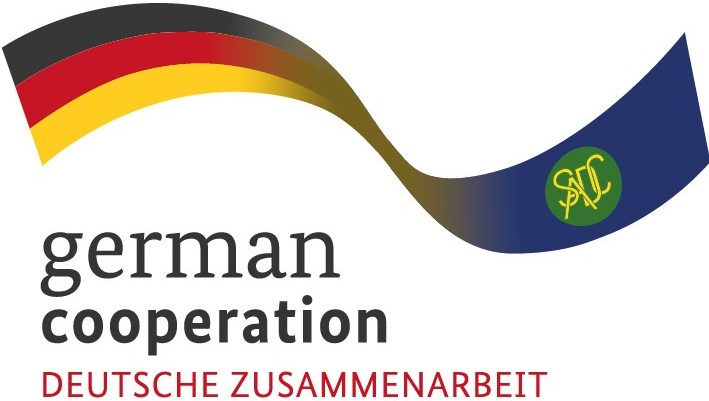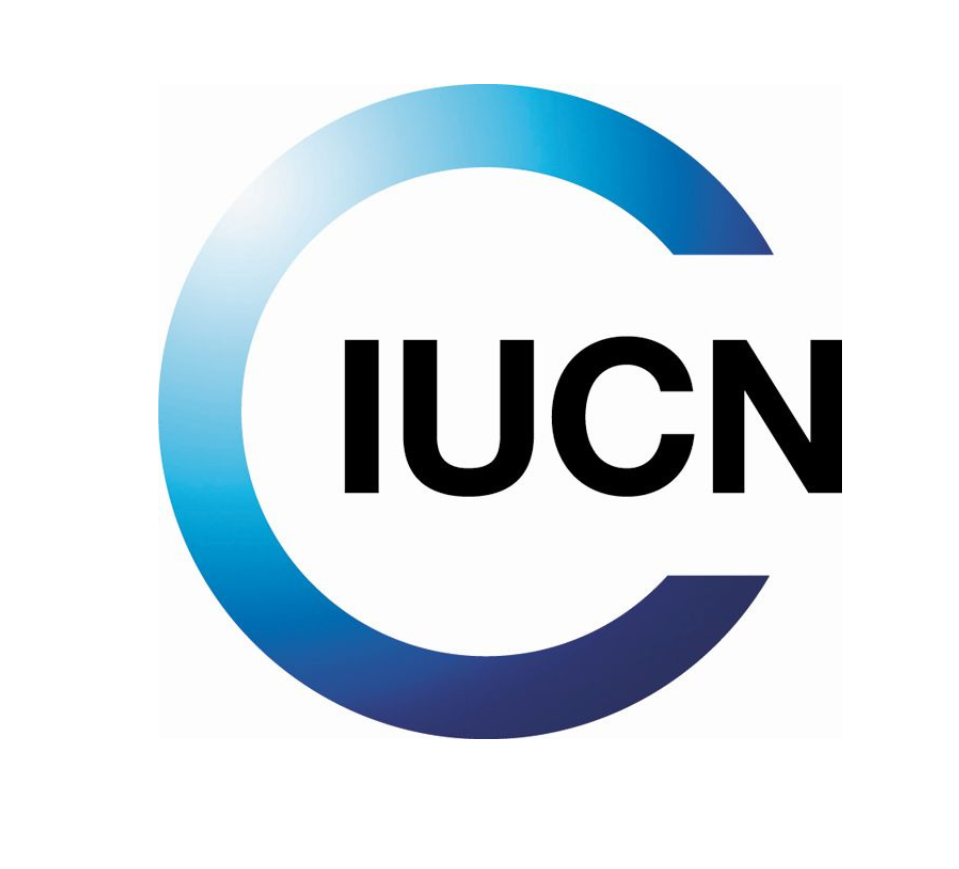 Translate
Translate
News
Integrating Risk Management Dialogue in the SADC TFCAs International Conference and Summit
29 July 2025
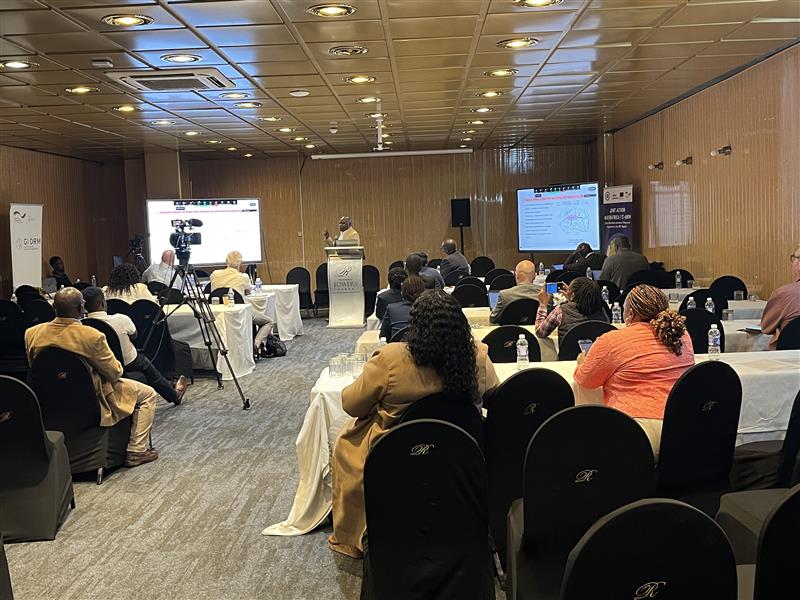
In the field of Disaster Risk Reduction (DRR), Risk-Informed Development (RID) is a systematic approach aimed at identifying, assessing, and reducing the risks of disasters to and from development. It involves strategies and practices that minimize vulnerabilities and disaster risks throughout a society to prevent or mitigate the adverse impacts of hazards within the broader context of sustainable development.
In Southern Africa, DRR efforts include improving institutional capacities for disaster prevention, mitigation, preparation, and response. The Southern African Development Community (SADC) places disaster risk reduction as an integral part of the regional integration agenda. Through the SADC Disaster Risk Reduction Unit (SADC DRRU), mainstreaming of disaster risk management into various sectors is a priority. This is emphasized by the SADC Vision 2050, Regional Indicative Strategic Development Plan 2020-2030 (RISDP), SADC Regional Resilience Framework 2020-2030, and SADC Climate Change Strategy and Action Plan 2020-2030. The implementation of these strategies is facilitated by the SADC Disaster Risk Management Strategy and Action Plan 2022-2030. Disaster risk management and climate change adaptation are critical features of sustainable development and regional resilience.
To mainstream DRR and integrate RID into the natural resources management sector, the Global Initiative on Disaster Risk Management (GIDRM IV) and the Joint Action NaturAfrica / Climate Resilience and Natural Resource Management (C-NRM) Programme, commissioned by the German Federal Ministry for Economic Cooperation and Development (BMZ), jointly funded by the European Union and implemented by Deutsche Gesellschaft für Internationale Zusammenarbeit (GIZ), both programmes are working in partnership with the SADC Secretariat. Their goal is to facilitate the integration of risk-informed development into the SADC Transfrontier Conservation Area (TFCA) Programme, by mobilising TFCAs individually and as a network to prioritise risk management through risk informed planning and programming.
The TFCA concept was initially an arrangement between and among partner states, formally introduced to the SADC region in the early 1990s as a strategy to safeguard, conserve, and co-benefit from the natural assets found along their international boundaries. The initiative gained recognition and was endorsed with the signing of the 1999 Protocol on Wildlife Conservation and Law Enforcement, defining TFCAs as areas or components of large ecological regions that straddle the boundaries of two or more countries, encompassing one or more protected areas, as well as multiple resource use areas. In 2023, Member States saw the importance of the SADC Secretariat's participation, particularly in mobilizing financial and technical resources, as well as supporting regional knowledge sharing and collaboration. This led to the development and approval of the Revised 2023-2033 SADC TFCA Programme, aimed at facilitating and supporting Member States' efforts in establishing and developing TFCAs in collaboration with national, regional, and international partners.
Aligned with the theme and as part of the SADC TFCA International Conference and Summit “SADC Transfrontier Conservation Areas: 25 years of Cooperation for Regional Integration and Sustainable Development”, GIDRM IV and the Joint Action NaturAfrica / C-NRM Programme organized a session on 21 May as part of the SADC TFCA International Conference on disaster risk reduction and the role of TFCAs. This session aimed to facilitate dialogue and sharing of experiences between TFCAs and partners on existing hazards, vulnerabilities, exposures and coping capacities to risk-informed SADC TFCA’s development planning and programmes.
The session, attended by participants from various TFCAs, academia, research institutes, government officials, community representatives and international development organizations, emphasized the importance of disaster risk reduction in the natural resources management sector and within the SADC TFCA Programme. The Kavango Zambezi (KAZA), Lubombo, and Zimbabwe-Mozambique-Zambia (ZIMOZA) TFCAs highlighted the need for intimate discussions at both TFCA and TFCA Network levels to understand common hazards, vulnerabilities, and exposures, and to profile current risk reduction efforts by TFCAs.
The KAZA TFCA, as a leader in TFCA operationalization, has many ongoing programmes aimed at identifying, assessing, and reducing risks. The session underscored the need for more collaboration and engagements to facilitate sharing of experiences and cross-pollination among TFCAs to institutionalize risk-informed development for resilience building.
The session encapsulated the spirit and determination that echoed throughout the entire SADC TFCA International Conference and Summit. From all partners, including the SADC Secretariat, Member States, Non-government organisations, International Cooperating Partners, and Communities (indigenous people and local communities), the key message was cooperation, and collaboration are key to sustenance of the SADC TFCA Programme and the realisation of sustainable development and resilience building in the region. Biodiversity conservation, community livelihoods protection, landscape connectivity, equitable benefit-sharing, and viable funding options remain key in the SADC TFCA Programme and was re-accentuated by all attending partners. Therefore, the adoption of risk-informed development approach will reassure and guarantee a long-lasting foundation for TFCAs.
Authors; Onkemetse Joseph, Robson Dhlodhlo, Rorly Sherwen, Margret Dennison, Tselisehang Tsuinyane, Felix Zeiske, Lisa Blanken, Karl Heinz Gaudry
For more information: please contact: Onkemetse Joseph on onkemetse.joseph@giz.de
In Southern Africa, DRR efforts include improving institutional capacities for disaster prevention, mitigation, preparation, and response. The Southern African Development Community (SADC) places disaster risk reduction as an integral part of the regional integration agenda. Through the SADC Disaster Risk Reduction Unit (SADC DRRU), mainstreaming of disaster risk management into various sectors is a priority. This is emphasized by the SADC Vision 2050, Regional Indicative Strategic Development Plan 2020-2030 (RISDP), SADC Regional Resilience Framework 2020-2030, and SADC Climate Change Strategy and Action Plan 2020-2030. The implementation of these strategies is facilitated by the SADC Disaster Risk Management Strategy and Action Plan 2022-2030. Disaster risk management and climate change adaptation are critical features of sustainable development and regional resilience.
To mainstream DRR and integrate RID into the natural resources management sector, the Global Initiative on Disaster Risk Management (GIDRM IV) and the Joint Action NaturAfrica / Climate Resilience and Natural Resource Management (C-NRM) Programme, commissioned by the German Federal Ministry for Economic Cooperation and Development (BMZ), jointly funded by the European Union and implemented by Deutsche Gesellschaft für Internationale Zusammenarbeit (GIZ), both programmes are working in partnership with the SADC Secretariat. Their goal is to facilitate the integration of risk-informed development into the SADC Transfrontier Conservation Area (TFCA) Programme, by mobilising TFCAs individually and as a network to prioritise risk management through risk informed planning and programming.
The TFCA concept was initially an arrangement between and among partner states, formally introduced to the SADC region in the early 1990s as a strategy to safeguard, conserve, and co-benefit from the natural assets found along their international boundaries. The initiative gained recognition and was endorsed with the signing of the 1999 Protocol on Wildlife Conservation and Law Enforcement, defining TFCAs as areas or components of large ecological regions that straddle the boundaries of two or more countries, encompassing one or more protected areas, as well as multiple resource use areas. In 2023, Member States saw the importance of the SADC Secretariat's participation, particularly in mobilizing financial and technical resources, as well as supporting regional knowledge sharing and collaboration. This led to the development and approval of the Revised 2023-2033 SADC TFCA Programme, aimed at facilitating and supporting Member States' efforts in establishing and developing TFCAs in collaboration with national, regional, and international partners.
Aligned with the theme and as part of the SADC TFCA International Conference and Summit “SADC Transfrontier Conservation Areas: 25 years of Cooperation for Regional Integration and Sustainable Development”, GIDRM IV and the Joint Action NaturAfrica / C-NRM Programme organized a session on 21 May as part of the SADC TFCA International Conference on disaster risk reduction and the role of TFCAs. This session aimed to facilitate dialogue and sharing of experiences between TFCAs and partners on existing hazards, vulnerabilities, exposures and coping capacities to risk-informed SADC TFCA’s development planning and programmes.
The session, attended by participants from various TFCAs, academia, research institutes, government officials, community representatives and international development organizations, emphasized the importance of disaster risk reduction in the natural resources management sector and within the SADC TFCA Programme. The Kavango Zambezi (KAZA), Lubombo, and Zimbabwe-Mozambique-Zambia (ZIMOZA) TFCAs highlighted the need for intimate discussions at both TFCA and TFCA Network levels to understand common hazards, vulnerabilities, and exposures, and to profile current risk reduction efforts by TFCAs.
The KAZA TFCA, as a leader in TFCA operationalization, has many ongoing programmes aimed at identifying, assessing, and reducing risks. The session underscored the need for more collaboration and engagements to facilitate sharing of experiences and cross-pollination among TFCAs to institutionalize risk-informed development for resilience building.
The session encapsulated the spirit and determination that echoed throughout the entire SADC TFCA International Conference and Summit. From all partners, including the SADC Secretariat, Member States, Non-government organisations, International Cooperating Partners, and Communities (indigenous people and local communities), the key message was cooperation, and collaboration are key to sustenance of the SADC TFCA Programme and the realisation of sustainable development and resilience building in the region. Biodiversity conservation, community livelihoods protection, landscape connectivity, equitable benefit-sharing, and viable funding options remain key in the SADC TFCA Programme and was re-accentuated by all attending partners. Therefore, the adoption of risk-informed development approach will reassure and guarantee a long-lasting foundation for TFCAs.
Authors; Onkemetse Joseph, Robson Dhlodhlo, Rorly Sherwen, Margret Dennison, Tselisehang Tsuinyane, Felix Zeiske, Lisa Blanken, Karl Heinz Gaudry
For more information: please contact: Onkemetse Joseph on onkemetse.joseph@giz.de



